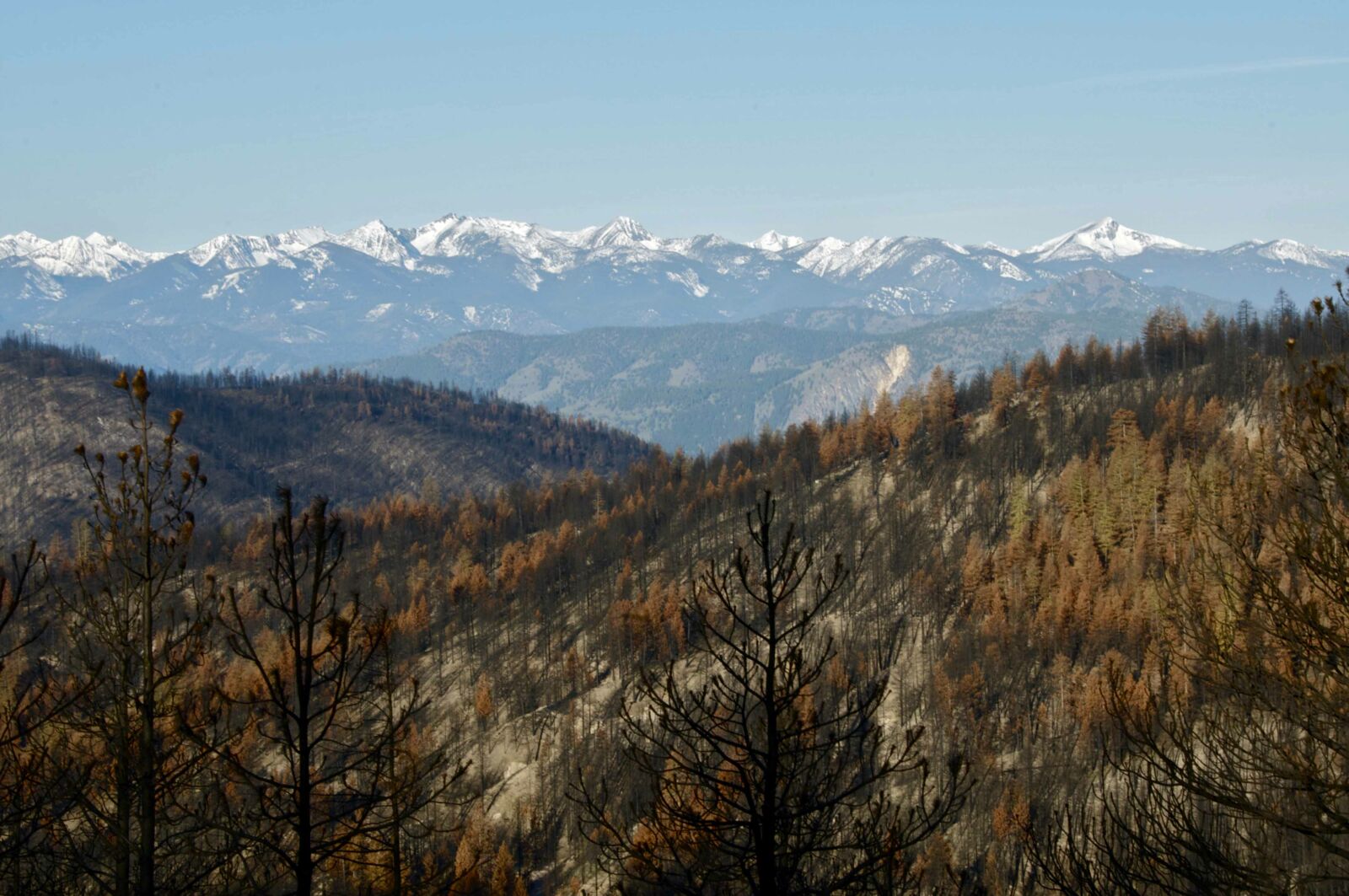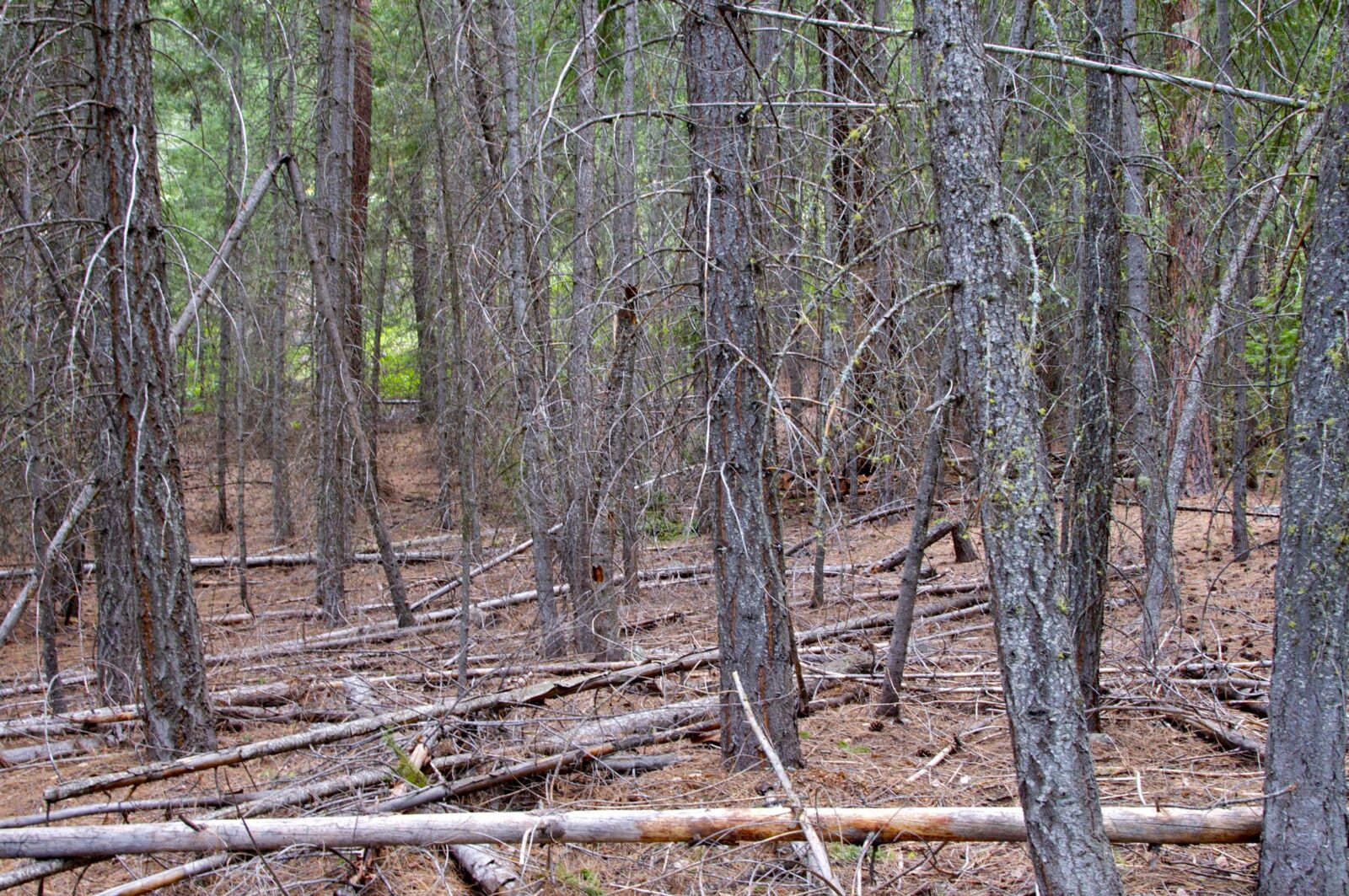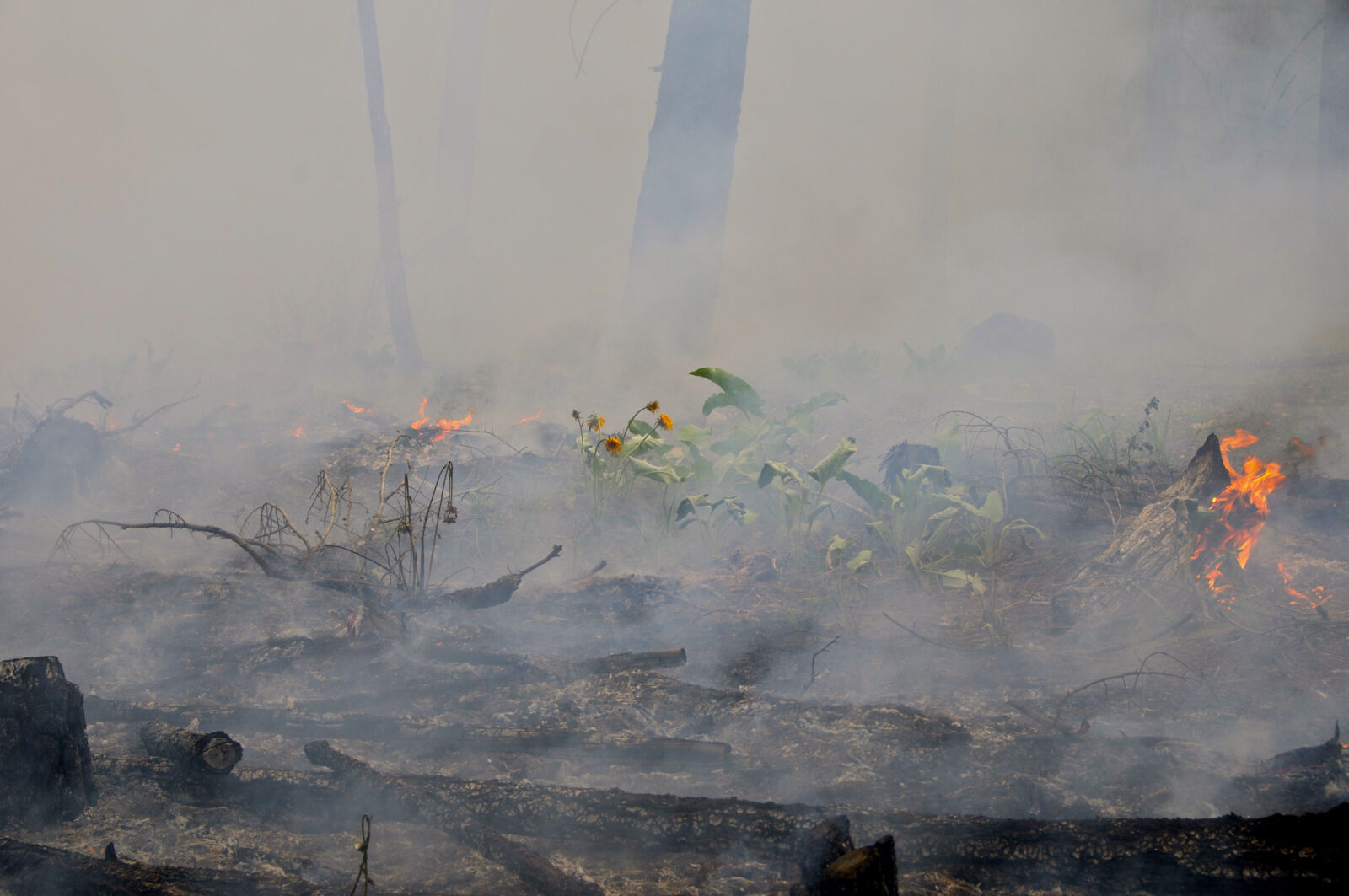Last year, the Methow Valley and the Okanogan-Wenatchee National Forest experienced the largest wildfire in the recorded history of Washington: the Carlton Complex. Dense growths of trees contributed to extreme fire behavior that swept through with devastating force and adversely impacted habitat for some species of wildlife.
In the worst areas, the fire burned every tree and brush. The fire destroyed hundreds of residences on private properties and, at its northern end, came within 15 miles of our Majestic Methow Treasured Landscapes project area.

One tool the Forest Service uses to help reduce the risk of uncharacteristically severe wildland fires, such as the Carlton-Complex, is the thinning of densely growing forest stands. Fuels reduction efforts like this are especially effective in areas where historic management practices, including fire suppression, grazing and harvesting, caused extensive changes in forest vegetation.
This year, as part of our Majestic Methow Treasured Landscapes campaign, the NFF and Forest Service are teaming up to thin dense tree stands near the Upper Methow river in Mazama and the private residences that line it. The multi-year Lost Driveway Hazard Fuels Reduction project will return the forest to a more natural state by removing, hand-piling and eventually burning smaller trees that were able to take root during decades of fire exclusion.
The smaller trees compete for water and nutrients with large ponderosa pines and other conifers that provide important habitat for wildlife both in their crowns and on the open, plant-covered forest floor that typically surrounds their trunks. The smaller trees also provide “ladder fuels,” a ready pathway for fires that historically stayed on the ground to climb into the tree canopy, causing fires that burn too hot, reach too high, and quickly become unmanageable

Lost Driveway Thinning Project Area.

An example prescribed fire.
On the Idaho Panhandle National Forest, as part of our Lightning Creek Treasured Landscapes work, the NFF is teaming up with the Forest Service on a project to benefit whitebark pine, a keystone species, by combining selective thinning with prescribed burning. Due to invasive white pine blister rust and pine bark beetles, whitebark pine has suffered a severe and alarming decline throughout its western territory.
Reducing fuels in areas where whitebark pine stands used to dominate not only makes for a healthier forest, it aids the regeneration of whitebark pine, which at seedling stage, is easily outcompeted. The project, which will supplement prescribed understory burns with thinning, will occur both in 2015 and 2016, depending on conditions. Once completed, whitebark pine seedlings will be planted in the treated areas.
Thinning the forest in areas where small trees now grow too densely also improves the resiliency of the forest to natural disturbances. The remaining mature mixed conifer stands will be able to better withstand fires, severe infestation from insects and diseases, and drier summer conditions anticipated from climate change. These benefits extend beyond the National Forest boundaries – private landowners who own properties adjacent to the thinned areas will also face a reduced fire risk and enjoy a more diverse forest ecosystem just past their backyards.
For more information on the Lost Driveway project in the Okanogan-Wenatchee National Forest, please contact Natalie Kuehler at [email protected]. To learn more about the work in Lightning Creek, please contact Karen DiBari at [email protected].

